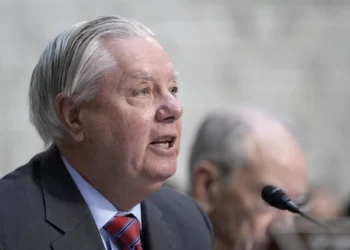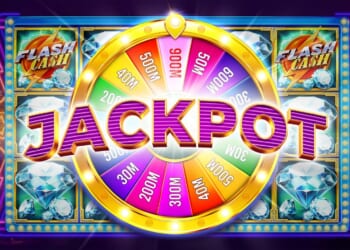I was going to write about Donald Trump’s weighing the possibility of reclassifying marijuana as a less dangerous drug … but then I got high.
Ok, all humor aside, the question of marijuana legalization and its potential harmfulness has long roiled the American public.
Proponents of recreational use of the drug, marijuana, frame it as nearly harmless and less dangerous than alcohol. They ridicule the fact that marijuana has been negatively depicted as a “gateway drug” as a disingenuous smear. If someone smokes a joint on Monday, it doesn’t mean they’ll be shooting heroin by Friday. Proponents also note that marijuana is not considered highly addictive and point out that it is less addictive than alcohol.
Indeed, these arguments have led several states over the last decade and a half to legalize recreational cannabis use, beginning in 2012 with Colorado and Washington. Thus far, 24 states and Washington, DC, have legalized recreational cannabis use, while seven other states have decriminalized the drug.
On top of this, the Food and Drug Administration has given approval to cannabinoid drugs for prescription use, which contain Tetrahydrocannabinol or THC, Cesamet, and Epidiolex (CBD). And non-prescription products containing low levels of THC and CBD are legal and unregulated, which explains the proliferation of CBD shops that have popped up all over the country in recent years.
In this reality, it would seem that marijuana proponents have the momentum, and it’s just a matter of time before the drug will be fully legalized for recreational use across the entire country. And yet, last year, when the question of cannabis legalization was on the ballot in four states, it failed to pass in three: Florida, North Dakota, and South Dakota, while voters elected to legalize the drug for medical purposes in Nebraska.
Marijuana legalization may soon be facing more headwinds as more research on the recreational use of the drug is uncovering increasingly concerning results. In brief, it appears that marijuana is not nearly as “harmless” as proponents have been making it out to be.
Health-wise, there is a growing body of research that suggests a strong correlation, if not a direct link, to marijuana use and psychotic disorders, and especially so in users under the age of 25. When it comes to mental health, evidence suggests that cannabis is more harmful than alcohol.
Other troubling data shows a negative economic impact on those households where cannabis use is prevalent. According to a Gallup survey from last year, high rates of cannabis consumption correlated with lower income and less education. Apparently, the infamous stoner persona of a regular weed smoker is not far off the mark.
Suffice it to say, while public opinion over the last decade has moved favorably toward the legalization of marijuana, that may soon change as the wider public experiences and learns more about the negative impact of this drug.
This raises the question, why is Trump now considering downgrading cannabis as a less dangerous drug? “We’re looking at reclassification, and we’ll make a determination over the next — I would say over the next few weeks — and that determination hopefully will be the right one. It’s a very complicated subject,” he recently stated. “I’ve heard great things having to do with medical, and I’ve heard bad things having to do with just about everything else — but medical, and, you know, for pain and various things.” He concluded, “Some people like it, some people hate it.”
Based on Trump’s comments, it would appear that what his administration is looking into is not so much the legalization of recreational use, but rather downgrading it to a drug for medical use purposes. But even in that case, history has shown that medical legalization has often amounted to a stepping stone to full recreational legalization.
There is also the question of the criminal impact of legalization. While on the one hand, making cannabis legal would eliminate a number of laws associated with the illegality of possession and consumption of the drug, on the other hand, it may ironically further other criminal behavior.
A 2021 study on the impact of cannabis legalization in Colorado found that an increasing number of traffic deaths were associated with drivers who tested positive for marijuana. Furthermore, the number of suicides with marijuana present increased significantly after Colorado legalized cannabis in 2012. In 2011, prior to legalization, the state recorded 62 suicides with marijuana present. In 2019, that increased to 236.
Maybe all that data shows is the significant growth in the number of individuals consuming cannabis in the state. But it would be hard to argue that cannabis legalization had a positive impact on the state’s suicide rate.
In Trump’s calculation, he may see reclassifying cannabis as a less dangerous drug as an 80/20 issue, an easy place to take a stance where the vast majority of the public currently seems to be. But there may also be financial incentive here as well.
The cannabis industry is projected to make $34 billion this year. That’s a lot of cash for potential tax revenue. By reclassifying cannabis as a less dangerous drug, it would open the door for pharmaceutical companies to get in on the act, growing the industry, which in turn would be a windfall for Uncle Sam.
The fact of the matter is, with growing research raising serious concerns regarding the recreational use of cannabis, Trump’s eventual decision on marijuana will need careful consideration.















